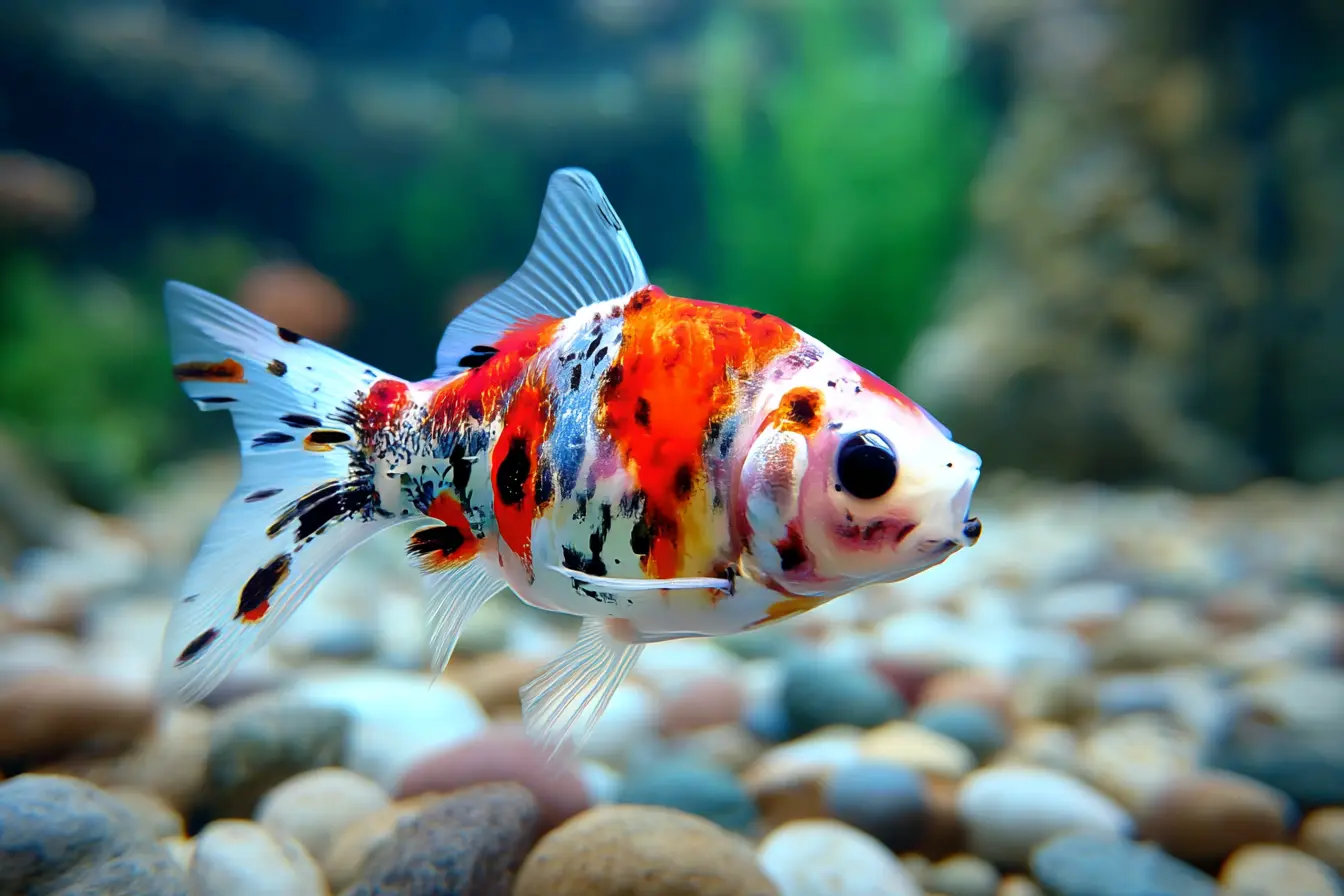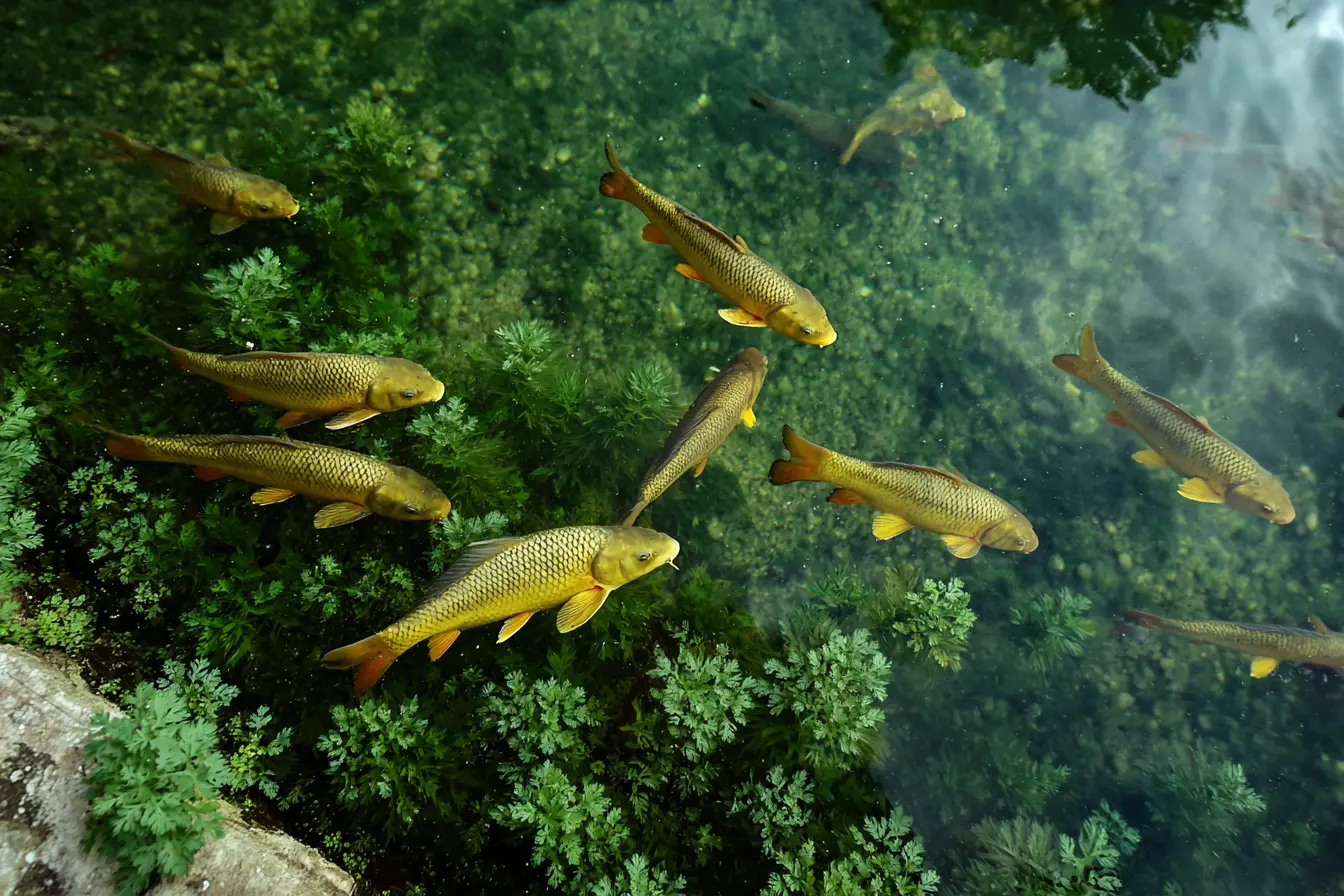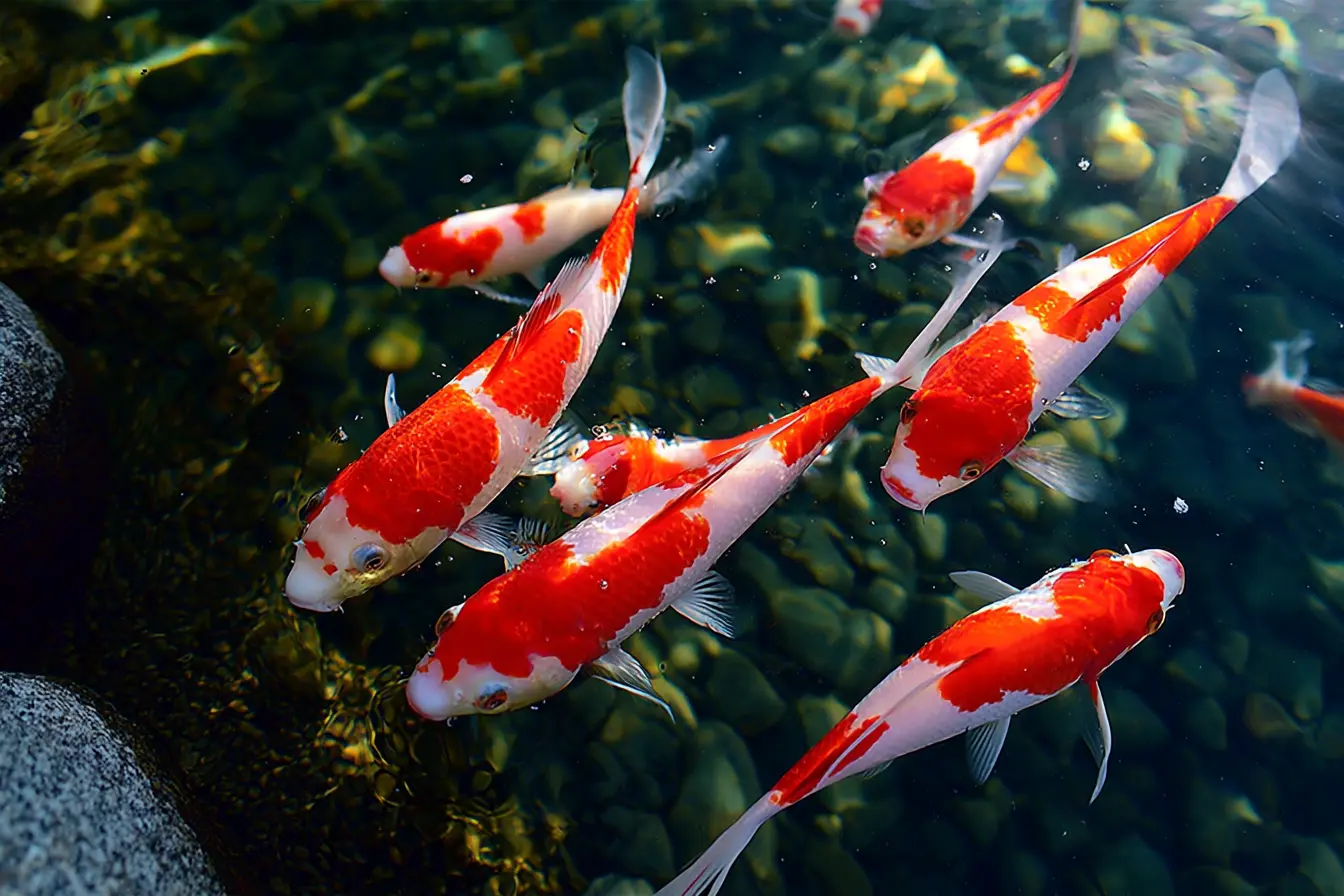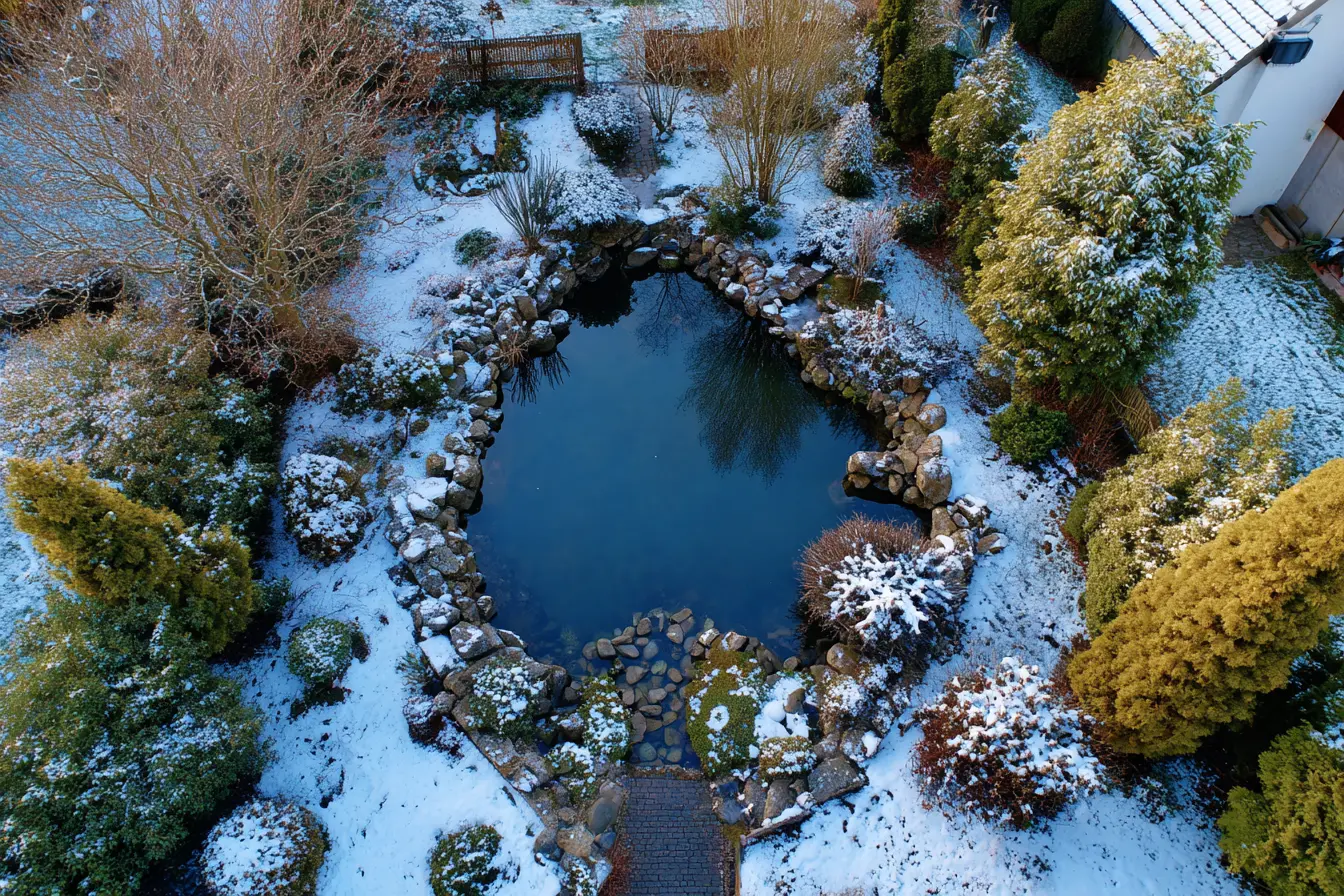
Keeping Shubunkins: A Complete Guide for Healthy, Colourful Pond Fish
Shubunkins are a delightful addition to any garden pond, known for their vivid calico patterns and hardy nature. These lively, social fish add colour and movement to your pond throughout the year. Despite their hardy reputation, Shubunkins still need proper care and attention to stay healthy and thrive. This guide covers everything you need to know about keeping Shubunkins in your pond.
What Are Shubunkins?
Shubunkins are a type of single-tailed goldfish, originally developed in Japan. They are prized for their:
- Calico colouration: A mix of blue, red, orange, black, and white.
- Long, flowing fins: Particularly in the London and Bristol varieties.
- Active, friendly behaviour: They are social and peaceful, making them great for mixed-species ponds.
Unlike fancy goldfish, Shubunkins are well-suited to outdoor life in the UK climate.
Choosing Healthy Shubunkins
When choosing Shubunkins for your pond, look for:
- Bright, vibrant colours with clear, distinctive markings.
- Smooth, healthy skin and fins.
- Active swimming behaviour and a good appetite.
Avoid fish that are lethargic, have clamped fins, or show signs of disease such as white spots, red streaks, or sores.
Creating the Ideal Pond Environment
Pond Size and Depth
Shubunkins are strong swimmers and can grow to 20–30 cm (8–12 inches) in length. They need a spacious pond:
- Minimum pond size: At least 1,000 litres (220 gallons) for a small group.
- Pond depth: At least 45 cm (18 inches) for mild climates, but 60 cm (24 inches) or deeper is better for UK winters.
A larger pond helps maintain stable water temperatures and allows Shubunkins to reach their full potential.
Filtration and Aeration
Good filtration and aeration are vital for healthy Shubunkins:
- Filtration: Use a reliable filter with mechanical and biological stages to remove waste and support beneficial bacteria.
- Aeration: Fountains, waterfalls, or air stones keep water oxygenated, especially in summer.
Water Quality
Stable water quality is key for Shubunkins:
- pH: Aim for 7.0–8.0.
- Ammonia and nitrite: Both should be zero.
- Nitrate: Ideally below 40 ppm to prevent algae growth.
Test water weekly during the warmer months and perform partial water changes (about 10–20%) as needed to maintain good conditions.
Feeding Your Shubunkins
Shubunkins are omnivores and need a varied diet:
- Staple diet: High-quality pond fish pellets or floating sticks.
- Natural foods: Insects, algae, and plant matter in the pond.
- Treats: Offer occasional live or frozen treats like bloodworms, daphnia, or chopped earthworms, plus blanched vegetables like peas or spinach.
Feed 2–3 times daily in warmer months, only as much as they can eat in a few minutes. Reduce feeding in autumn and switch to wheatgerm-based food as temperatures fall. Stop feeding completely once water temperatures consistently drop below 10°C.
Seasonal Care and Maintenance
Spring
- Clean and inspect your pond and restart any equipment turned off for winter.
- Perform partial water changes to refresh water quality.
- Begin feeding your Shubunkins when the water temperature stays above 10°C.
Summer
- Watch for algae blooms and provide shade with floating plants like water lilies.
- Keep an eye on oxygen levels, especially during hot weather.
- Feed regularly, but avoid overfeeding.
Autumn
- Gradually reduce feeding as water temperatures drop.
- Remove fallen leaves to prevent decay and water quality issues.
- Prune back pond plants to reduce organic waste.
Winter
- Stop feeding once temperatures stay below 10°C.
- Keep part of the pond surface ice-free with a pond heater, air stone, or de-icer to allow for gas exchange.
- Avoid disturbing fish, as they rest in deeper water during winter.
Health and Common Issues
Shubunkins are generally hardy, but they can be susceptible to common pond fish ailments:
- Ich (white spot disease): Small white cysts on fins and body.
- Fin rot: Frayed or discoloured fins.
- Parasites: Flicking, scratching, or gasping at the surface can be signs.
If you notice these symptoms, check water quality first and treat any issues promptly using suitable treatments.
Introducing New Shubunkins to Your Pond
Adding new fish should be done carefully:
- Quarantine new Shubunkins in a separate tank for at least two weeks to ensure they’re healthy and disease-free.
- Acclimatise new fish slowly by floating the bag in the pond for 15–20 minutes, then gradually adding pond water to the bag before releasing them.
- Add fish in small groups to avoid overloading your pond’s filtration system.
Creating a Balanced Pond Ecosystem
A healthy pond supports your Shubunkins and other wildlife:
- Aquatic plants: Oxygenating plants like hornwort, marginal plants like marsh marigold, and floating plants like water lilies provide shade, shelter, and natural filtration.
- Wildlife: Frogs, newts, and insects help balance your pond’s ecosystem and add to its beauty.
A well-planted pond also helps reduce algae and keeps water quality stable.
Conclusion
Shubunkins are a wonderful choice for pond keepers, offering lively movement, bright colours, and a peaceful presence in the garden. With proper care, a balanced pond environment, and attention to seasonal needs, your Shubunkins will thrive and bring joy for years to come.
Have questions about keeping Shubunkins or want to share your experiences? Leave a comment below – I’d love to hear your stories and help you on your pond-keeping journey!
Related Vets
Vets near you
Speciality vets
- Aquatics vet specialists
- Birds vet specialists
- Camelids vet specialists
- Cats vet specialists
- Cattle vet specialists
- Deer vet specialists
- Dogs vet specialists
- Equines vet specialists
- Exotic vet specialists
- Goats vet specialists
- Pigs vet specialists
- Poultry vet specialists
- Sheep vet specialists
- Small Mammals vet specialists
- Wild vet specialists











